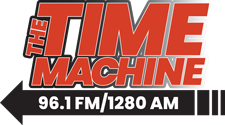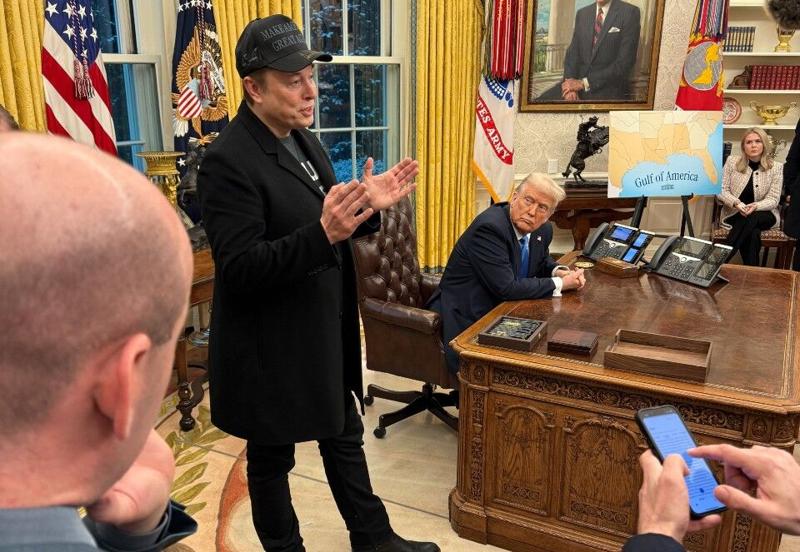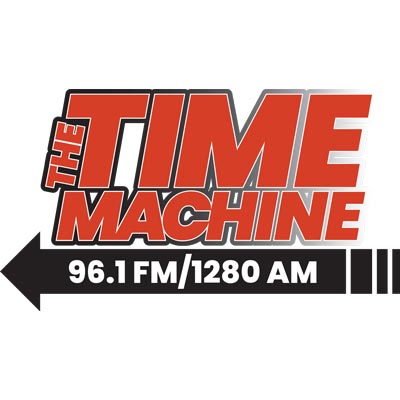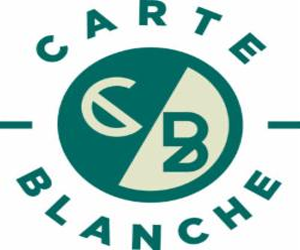As billionaire Elon Musk and his Department of Government Efficiency take a look at one of the federal government’s most-disliked agencies, the Internal Revenue Service, some point to a persistent problem: the tax gap.
The tax gap is the difference between what taxpayers pay the IRS voluntarily and on time and what they actually owe the IRS. The projected annual gross tax gap for tax year 2022 was $696 billion, with about $90 billion of that paid late or through IRS enforcement, according to the IRS.
The problem has been around for decades and is growing. From 2014 to 2016, the IRS estimated the tax gap was about $496 billion each year, according to a 2024 report from the U.S. Government Accountability Office.
At $696 billion, the tax gap is enough money to fund the federal food assistance program, known as the Supplemental Nutrition Assistance Program, for about 5.7 years. For additional context, the U.S. Department of Defense has asked Congress for $849.8 billion for fiscal year 2025.
Marc Goldwein, an economist with the Committee for A Responsible Federal Budget, offered a tip to DOGE staffers as they focus on the IRS.
“There’s a $600 billion tax gap – a lot of it from tax fraud,” he wrote on X. “And there’s lots we can do to reduce that number, including by updating IRS IT, making sure we have enough agents, and changing some of the rules and procedures.”
A 2024 GAO report produced a similar conclusion.
In 2023, Congress appropriated about $80 billion to the IRS through the Inflation Reduction Act to expand operational support, modernize systems, enhance customer service, and improve tax enforcement. The GAO, which serves as the research arm for Congress, asked the IRS to connect that new funding to addressing the tax gap.
“Linking compliance strategies with data would help provide assurance that IRS is effectively allocating enforcement resources,” according to the GAO report. “For example, the [IRS] plan does not address sole proprietor noncompliance, which is one of the largest areas of tax noncompliance.”
Sole proprietors with little or no third-party reporting to the IRS are a big part of the tax gap.
“IRS has reported that the extent to which individual taxpayers accurately report their income is closely correlated with third-party reporting of income to taxpayers and IRS by third parties such as employers,” according to the report.
Individual underreporting accounts for the largest share of the tax gap. According to IRS’s tax years 2014-2016 estimate, 80% of the gross tax gap – about $398 billion – is a result of income underreporting by individuals and pass-through businesses, according to the GAO report.
The GAO report said the IRS also needs to look at the underlying causes of noncompliance, which can range from honest mistakes to outright fraud.
“IRS has not taken steps to understand the specific causes of undetected noncompliance,” according to the report.
The report noted that more needs to be done to address the tax gap.
“Taxpayers fail to pay hundreds of billions of dollars in taxes every year, and even a modest reduction in the tax gap would yield significant financial benefits,” according to the report. “However, reducing the tax gap continues to be a challenging task for IRS and Congress.”







